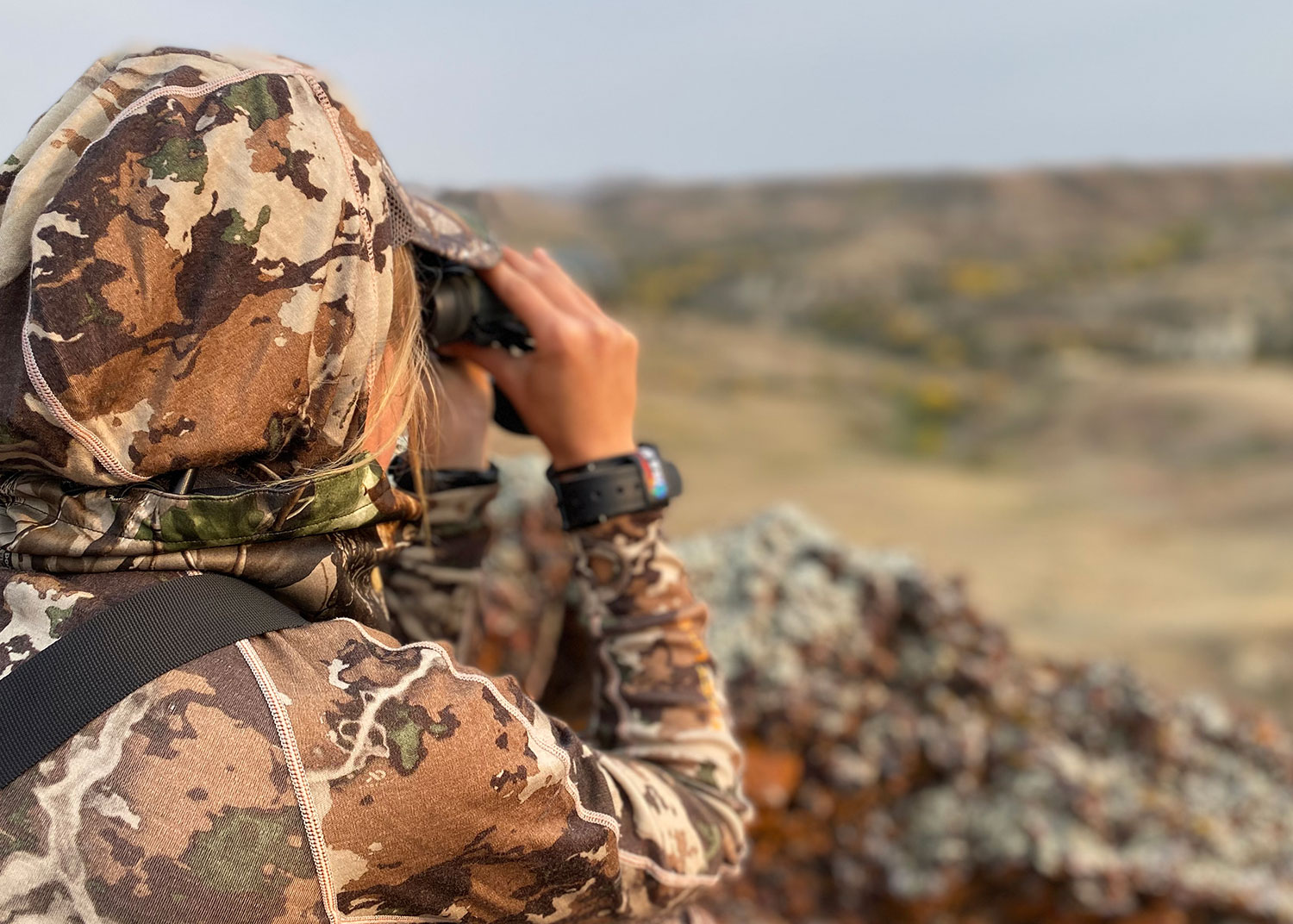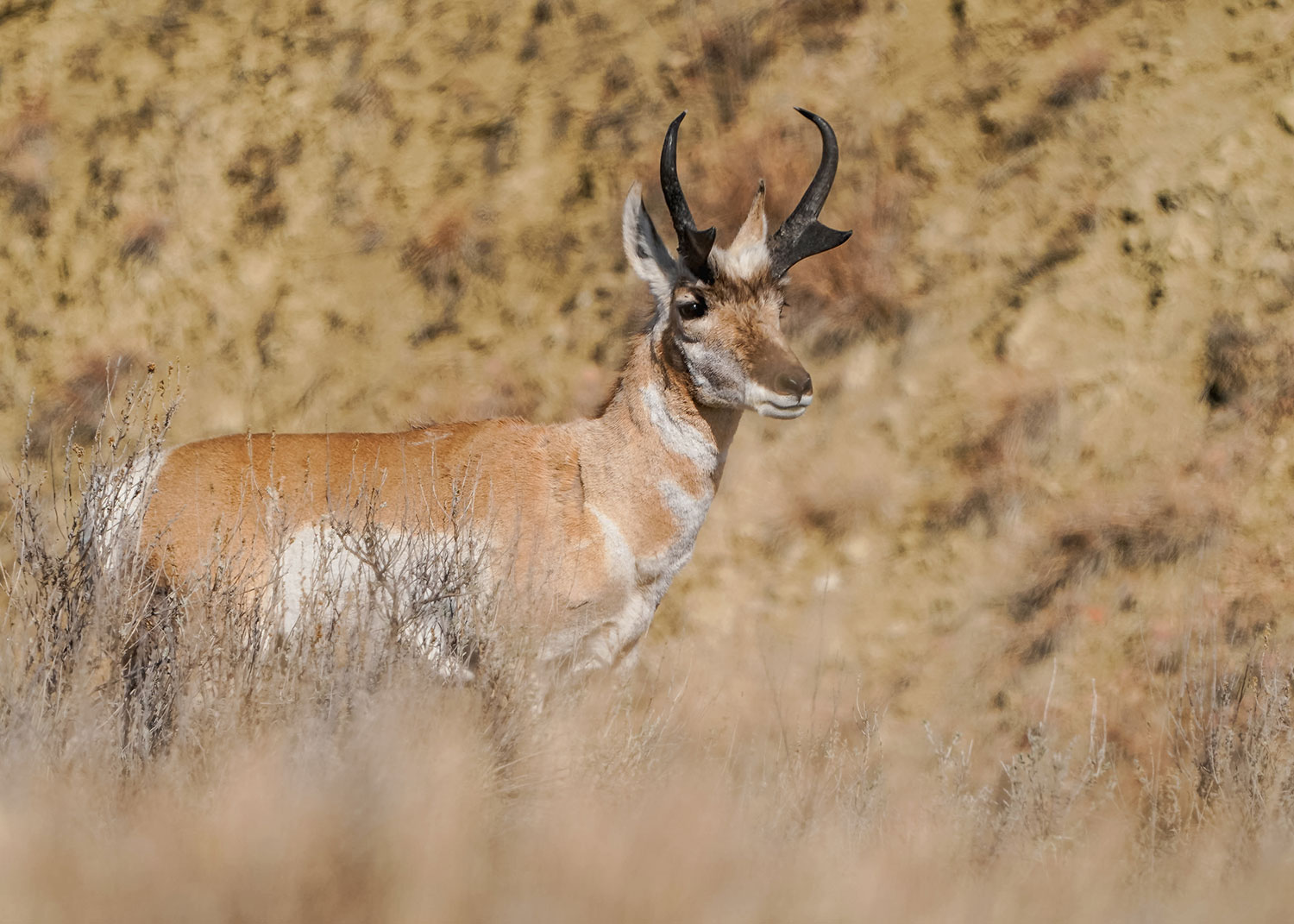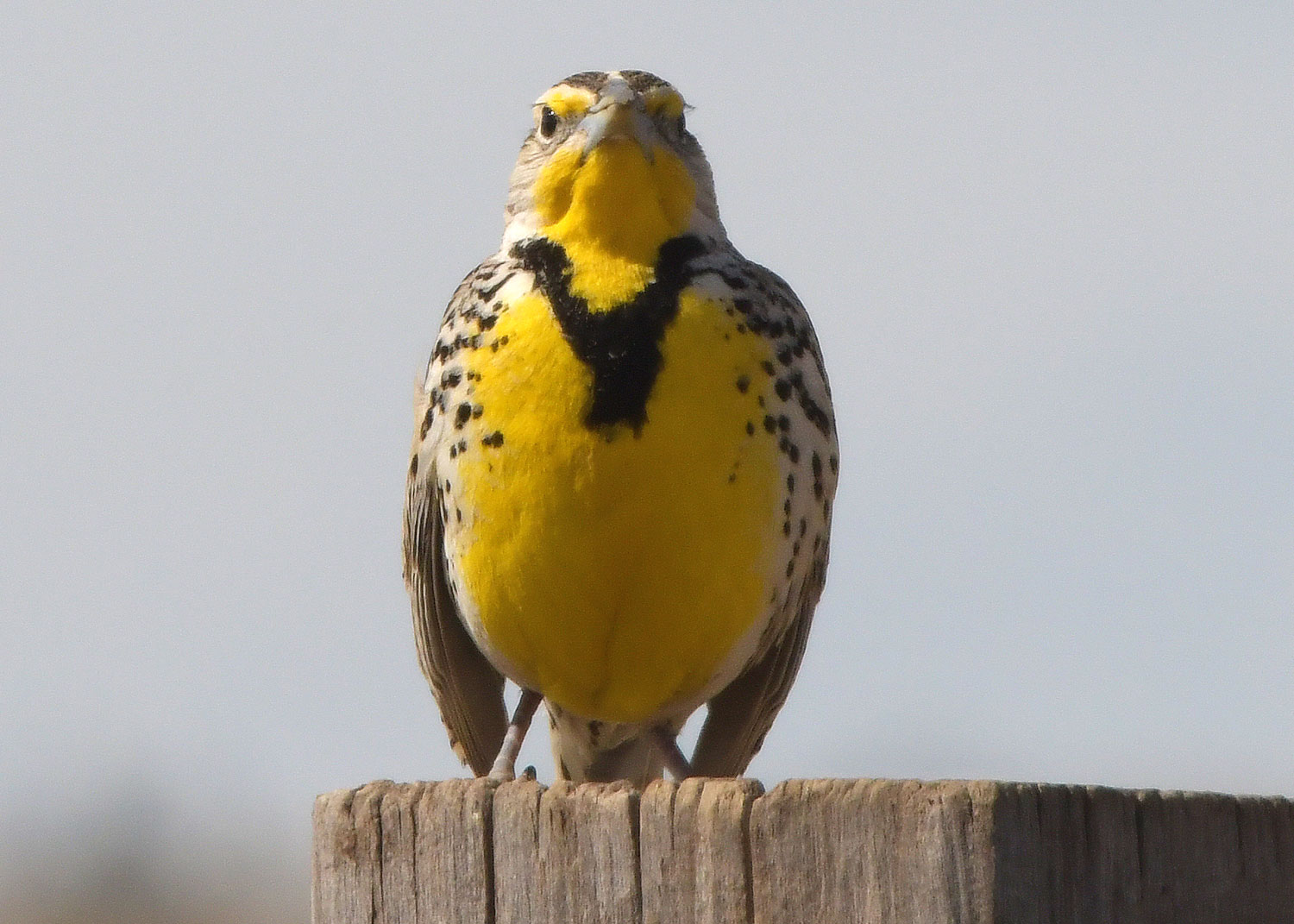
Buffaloberry Patch
Spring Pheasant Count Similar to Last Year
Traveling Boaters Take Note of ANS Regs
North Dakota boaters traveling to or through other states or Canadian provinces, are reminded to check the aquatic nuisance species regulations of their destination.
Mandatory boat inspections may be required along highways or at lakes based on destination or route taken. In general, to ensure compliance, boaters are strongly encouraged to clean, drain and dry equipment.
Clean: remove plants, animals and excessive mud from trailers, hulls, motors and other equipment such as fishing rods.
Drain: drain all water, including bilges, livewells and bait buckets.
Dry: allow all equipment to dry completely, as an inspection might fail in a neighboring state if any standing water is present. If necessary, use sponges or towels to remove excess water and leave compartments open to dry.
More information on bordering state and provincial ANS regulations is available at the following web addresses.
- South Dakota Game, Fish and Parks
- Minnesota Department of Natural Resources
- Montana Fish, Wildlife and Parks
- Saskatchewan Ministry of Environment
- Manitoba Department of Sustainable Development
Zebra Mussels Discovered in Twin Lakes
- Clean – remove plants, animals and excessive mud prior to leaving a water access.
- Drain – drain all water prior to leaving a water access.
- Dry - allow equipment to dry completely before using again or disinfect. This includes boat docks and boat lifts brought from other waters/states. A 7-day dry time is recommended after recreating on a zebra mussel infested water at typical summer temperatures.
For more information about ANS in North Dakota, options for disinfection, or to report a possible ANS, visit our ans page.
About Zebra Mussels
Zebra mussels are dime-sized mollusks with striped, sharp-edged, two-part shells. They can produce huge populations in a short time and do not require a host fish to reproduce. A large female zebra mussel can produce 1 million eggs, and then fertilized eggs develop into microscopic veligers that are invisible to the naked eye. Veligers drift in the water for at least two weeks before they settle out as young mussels which quickly grow to adult size and reproduce within a few months.
After settling, zebra mussels develop byssal threads that attach their shells to submerged hard surfaces such as rocks, piers, and flooded timber. They also attach to pipes, water intake structures, boat hulls, propellers, and submerged parts of outboard motors. As populations increase, they can clog intake pipes and prevent water treatment and electrical generating plants from drawing water. Removing large numbers of zebra mussels to ensure adequate water flow can be labor-intensive and costly.
Zebra mussels are native to the Black and Caspian seas of western Asia and eastern Europe and were spread around the world in the ballast water of cargo ships. They were discovered in Lake St. Clair and the Detroit River in 1988 and quickly spread throughout the Great Lakes and other rivers including the Mississippi, Illinois, Ohio, Tennessee, Arkansas and Hudson. They were first discovered in North Dakota in 2015 in the Red River. Moving water in boats has been identified as a likely vector, as has importing used boat lifts and docks.
Archery Hunters Plan for Licenses
Boaters Reminded to Report Accidents
Regardless of how safe and cautious boaters are on the water, accidents happen. If a boating accident involves injury, death or disappearance of a person, an accident report must be completed and sent to the North Dakota Game and Fish Department within 48 hours of the occurrence.
If property damage exceeds $2,000, but no deaths or injuries occur, a boat operator has five days to file a report.
These reporting requirements are mandatory whether there is one or more boats involved.
A boat accident form is available online, at any Game and Fish office or by contacting a local game warden.
Pronghorn Deadline
Audubon Dakota Announces Conservation Forage Program
Watchable Wildlife Photo Contest
Photographers interested in sending photos for the North Dakota Game and Fish Department’s Watchable Wildlife Photo Contest are reminded to follow the guidelines for submitting their work.
Photographers should go to the Game and Fish Department’s online form. Then it is a matter of providing some pertinent information about the photo and uploading it. Doing so helps both with ease of submitting photos for the photographer and managing those images for Department staff.
The contest is now open and the deadline for submitting photos is Oct. 1. For more information or questions, contact us.
The contest has categories for nongame and game species, as well as plants/insects. An overall winning photograph will be chosen, with the number of place winners in each category determined by the number of qualified entries.
Contestants are limited to no more than five entries. Photos must have been taken in North Dakota.
By submitting an entry, photographers grant permission to Game and Fish to publish winning photographs in North Dakota OUTDOORS, and on the Department’s website.
Game and Fish Pays $715,000 in Property Taxes
The North Dakota Game and Fish Department recently paid more than $715,000 in taxes to counties in which the Department owns or leases land. The 2020 in-lieu-of-tax payments are the same as property taxes paid by private landowners.
The Game and Fish Department manages more than 200,000 acres for wildlife habitat and public hunting in 51 counties. The Department does not own or manage any land in Traill or Renville counties.
Following is a list of counties and the tax payments received.
County | Tax Due | County | Tax Due | County | Tax Due |
|---|---|---|---|---|---|
Adams | 184.82 | Grand Forks | 15,060.83 | Pierce | 2,982.83 |
Barnes | 6,279.49 | Grant | 1,211.27 | Ramsey | 16,093.07 |
Benson | 4,891.95 | Griggs | 94.57 | Ransom | 2,162.31 |
Billings | 291.54 | Hettinger | 4,893.24 | Richland | 19,448.08 |
Bottineau | 6,521.86 | Kidder | 12,250.50 | Rolette | 56,688.78 |
Bowman | 2,248.04 | LaMoure | 11,078.00 | Sargent | 20,390.21 |
Burke | 1,266.23 | Logan | 408.26 | Sheridan | 79,581.99 |
Burleigh | 35,871.99 | McHenry | 1,669.60 | Sioux | 310.16 |
Cass | 7,841.02 | McIntosh | 10,001.08 | Slope | 2,041.94 |
Cavalier | 14,749.60 | McKenzie | 34,900.03 | Stark | 6,000.39 |
Dickey | 13,677.91 | McLean | 124,582.77 | Steele | 10,311.19 |
Divide | 2,438.64 | Mercer | 22,098.32 | Stutsman | 5,202.61 |
Dunn | 5,602.37 | Morton | 23,511.24 | Towner | 2,416.28 |
Eddy | 6,330.43 | Mountrail | 6,190.35 | Walsh | 11,069.67 |
Emmons | 7,810.61 | Nelson | 5,987.31 | Ward | 61.24 |
Foster | 967.31 | Oliver | 2,627.11 | Wells | 59,917.41 |
Golden Valley | 165.22 | Pembina | 19,216.23 | Williams | 8,577.74 |
Earth Day, Every Day
The North Dakota Game and Fish Department has for years encouraged students to design Earth Day patches to bring greater awareness to the environment in the state and elsewhere.
Yet, like Earth Day, which began in 1970 and kicked-started the environmental movement, the concern for our outdoor places isn’t simply a once-a-year-thing, but ongoing.
Understanding this, the Game and Fish Department has initiated Earth Day, Every Day to promote continual awareness about the environment.
Groups that engage in environmental clean-up projects, landscaping, or other efforts that promote environmental awareness, will receive an Earth Day patch for all participants.
The patches are used to recognize groups that work to celebrate the Earth Day concept, and everyone is encouraged to participate in the Earth Day, Every Day awareness campaign.
For more information about Earth Day, Every Day, or to request patches for your project, contact the Education Division.






